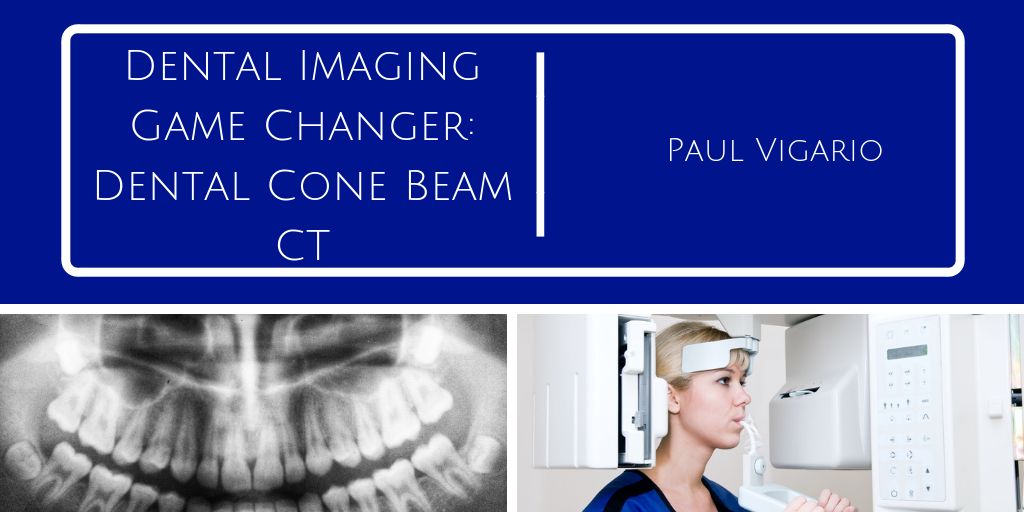Dental imaging has seen a substantial amount of changes over the years. From a simple classic X-ray to 3-D imaging technologies that are multi-purpose and provide dental professionals with accurate ways to diagnose problems, and plan for invasive and reconstructive oral procedures. Dental Cone Beam CT, is known as a technology that changed the imaging game for the better, and drastically improved the way dental professionals can work with their patients.
So, what is it exactly? Dental Cone Beam CT, or Cone Beam Computed Tomography (CBCT) is an advanced 3-D X-ray imaging system that provides dental professionals with a fast and easy way to answer different questions pertaining to a patient’s oral health. Generally, this is used in situations where regular X-rays are unable to accurately capture oral images that could help diagnose specific issues. The major difference between CBCT and a traditional X-ray is the result. CBCT machines are used to provide 3-D images of dental structures, tissues, bone, and nerve paths in one single scan, as opposed to the 2-D image your dentist would receive from a traditional X-ray.
You may require a CBCT scan if:
- You need a surgical procedure such as an impacted tooth removal
- You need a dental implant
- You are experiencing pain or discomfort in your mouth or jaw
- You need reconstructive oral surgery
- Your dentist has a concern for oral or jaw tumors and needs an accurate imaging diagnosis or measurement
- You possibly have temporomandibular joint disorder (TMJ)
During a scan, the patient will be placed in the middle of the scanner, positioned so the area of interest is centered with the beam for accurate imaging. Your dentist will require you to remain still, while the scanner revolves around your head in a 360-degree rotation. The scan is completed in under one minute and provides a full mouth X-ray image for your dentist to analyze after completion. Any X-ray comes with the risk of radiation; however, a CBCT emits a much lower dose than a traditional CT scan, but is also known to produce a higher amount than a traditional X-ray. Either way, a CBCT isn’t something that you should need regularly, and the benefits often outweigh any posed risks. Some benefits of a CBCT scan include:
- A painless, non-invasive way for your dental professional to diagnose potential oral issues
- The ability to capture an accurate image of both bone and soft tissue at the same time; maximizing the opportunity for an accurate diagnosis.
- High-quality and accurate dental images for treatment or procedural planning
A CBCT scan shouldn’t be a cause of concern regarding risks if they are done infrequently. It’s important to understand that any form of X-ray should only be performed if absolutely necessary. Additionally, children are more sensitive to radiation due to a longer lifetime and potential for negative effects to develop down the road.
SurfCT.com is a dental information technology company, founded by Paul Vigario. With many different services and solutions offered to clients, SurfCT.com specializes in areas such as dental technologies, digital workflow, marketing, cloud solutions, and HIPAA compliance. SurfCT.com’s technology solutions are revolutionizing general, cosmetic, and pediatric dentistry, along with oral surgery, endodontics, orthodontics, and other specialized dental practices.
